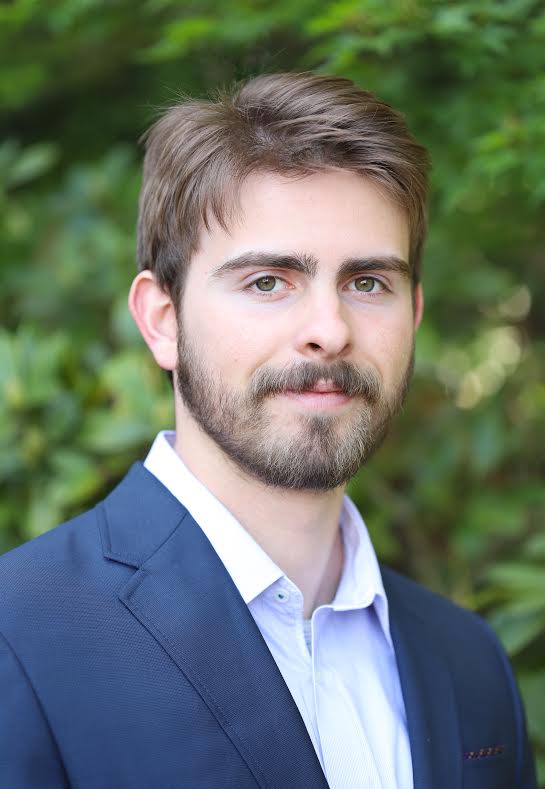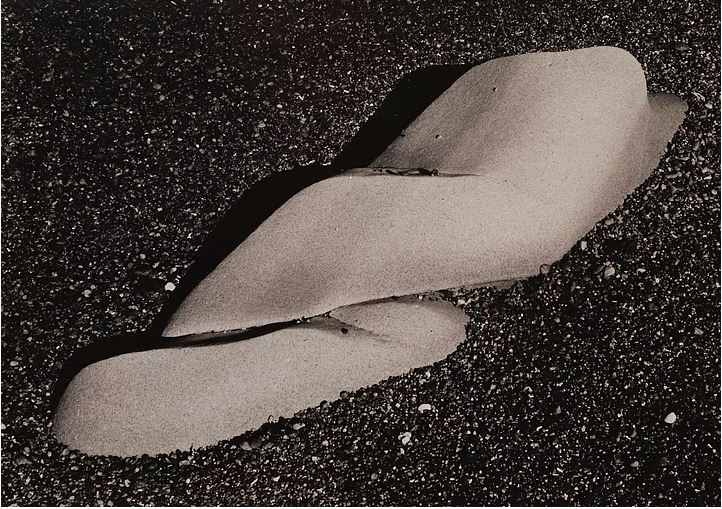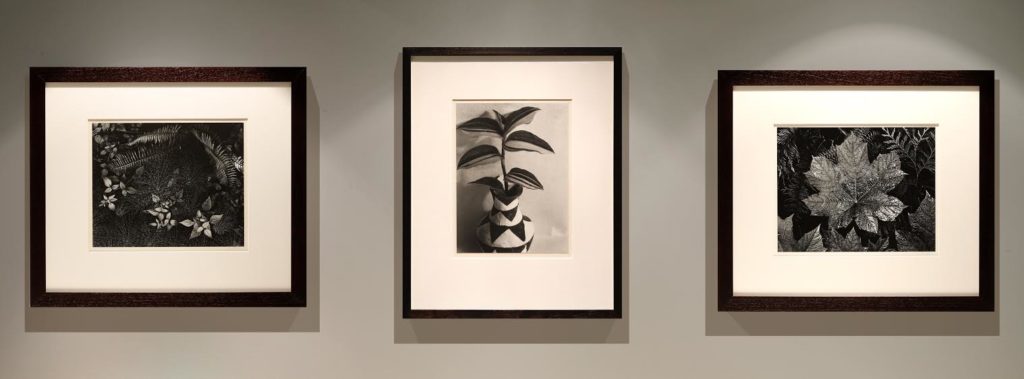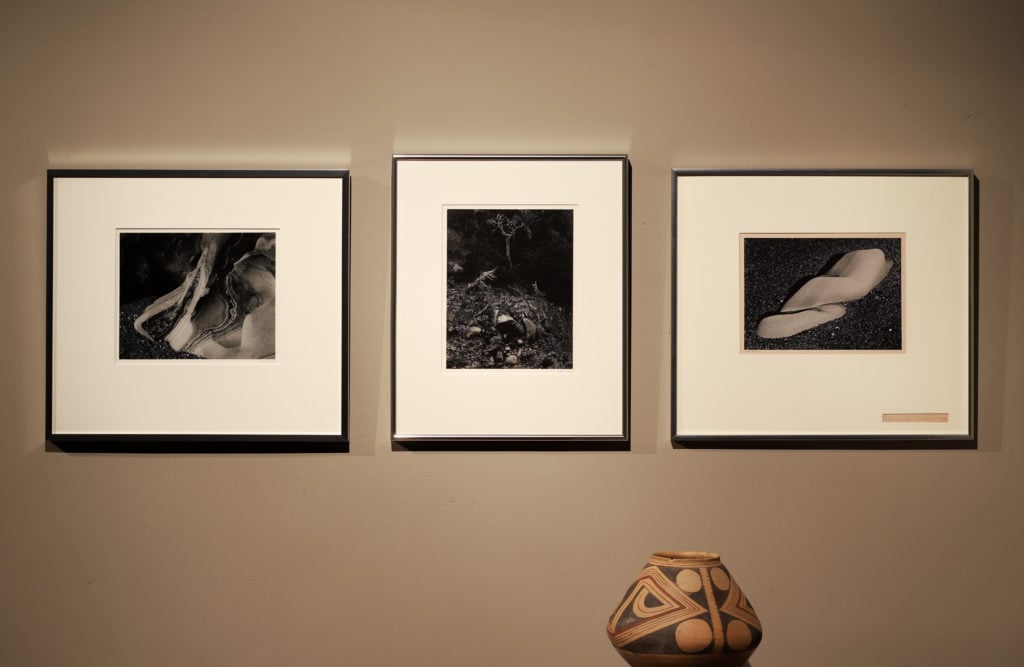Meet the 21-Year-Old Literature Major Hoping to Reshape the Photography Market


Artnet Gallery Network

At 17 years old, California high-school student Nolan Beck was introduced to photography collecting by a man he calls his mentor. Like most teenagers, Beck had no idea what path his life would take. But unlike most others, he began to collect and then to sell images by leading American photographers.
In 2018, Beck founded his online gallery, Seagrave (his mother’s maiden name), which focuses on photographers of the West Coast, including Ansel Adams, Edward Weston, and Wynn Bullock, to name a few. Now a 21-year-old literature major at UC Santa Cruz, Beck sat down with us to talk about the tricks of running an online space, the special appeal of California photographers, and what it’s like to be one of the youngest dealers in the business.

Edward Weston, Eroded Rock (51R), Point Lobos (1930). Courtesy Seagrave Gallery.
You say that visiting the private collection of your mentor (who prefers to go unnamed) had a big influence on your decision to become a dealer. He was a student of Ansel Adams and owns a remarkable collection of American Modernist photography. How did that introduction to the “legends” of photography segue into opening Seagrave?
He and I met at the ages of 73 and 17, respectively, when I was working as a bellman just a few blocks from his home. After seeing his work and his collection, I began practicing my own large format film photography while studying the “Old Masters” of the medium. Collecting the works I loved seemed a natural extension of this obsession, so I began hunting for anything I could afford. Eventually, as my tastes outpaced my pockets, I began finding pieces for my family and friends to own. I take great pleasure in learning from the pieces while they’re momentarily in my hands, before finding them new homes.
What was the first photograph that captured your attention?
The photograph that revolutionized my understanding of the medium was a vintage print of Edward Weston’s, Eroded Rock (51R) (1930). This print epitomizes Weston’s famous line: “to photograph a rock, have it look like a rock, but be more than a rock.” More broadly, the image best represents West Coast Modernism in its search for poetry and beauty in unadorned fact.
Seagrave focuses almost completely on images by West Coast photographers. Besides being from the state yourself, what was behind that decision?
California has undergone more rapid development than any other region on the planet, making it a ripe subject for photographers looking to document the literal and psychological transformations that underpin human progress. The industrialization and urbanization of the West is relevant to the world at large, as are the photographs that have faithfully recorded it.
I’m sure you hear this all the time, but you’re very young for a dealer. Is that ever hard for you?
Surprisingly, other dealers have been highly supportive, offering their advice and encouragement. Richard Gadd, director of the Weston Gallery, Peter Fetterman, director of his eponymous gallery, and Paul Hertzmann with his wife Susan Herzig, both legendary dealers, have all been hugely influential to me. I’d like to learn as much as possible while I can still afford to fail. For now, I feel like the most fortunate person on the planet.
What are the benefits of being an online gallery?
I wanted to explore ways of reconfiguring the traditional gallery experience on a screen with the least possible diminution. It isn’t just about replicating the physical experience, but finding new ways of consuming art that can only take place online. The capital that would normally be reserved for a physical space with staff can go toward other creative avenues, such as video, online platforms, marketing, and—most importantly—reduced prices on inventory. This is not at all to suggest that physical spaces will become obsolete; particularly with galleries that present new work by emerging artists, a physical presence is essential.

Installation view of “Forms of Flora,” 2018. Courtesy Seagrave Gallery.
What are the drawbacks or concerns about the digital experience?
Talking with other photography dealers, there seems to be some worry about the coming generation’s appreciation for the photograph as an artifact. This seems like a natural consequence of digital imagery and its ubiquity. I’d like to find means of communicating to a younger, digitally-oriented audience the extraordinary depth to photography’s history as well as the qualities of traditional photographic practices.
So, how do you embrace the technology afforded to us in the modern age while retaining the virtues of traditional display methods? It’s a question open to myriad interpretations, but I think we can be sure to see much more dynamic forms of reproduction, such as 3D-imaging, virtual reality, and 2D-video, dominating the future art market. For now, my solution is an over-production of conventional digital content—as in, photos of the artworks framed and oriented in a physical space, along with videos to add further dimension to the artwork as an object. I’ve been working with a production company in LA to create cinema-quality videos for our exhibitions.
What do you see as the future of the gallery market?
The potential collectors of my generation have grown up ordering most non-perishable goods off Amazon and other online distributors; I think this attitude will find some traction in online art buying. Photography is particularly well-disposed to the online market because of its two-dimensionality, and—at least for prints that exist in large multiples—buyers are generally familiar with what they’re getting. For instance, many Ansel Adams prints can be sold solely on title, size, and decade of printing. As more material becomes available online, and the market becomes more decentralized through online platforms, I believe the gallerist’s role will shift toward that of organizer, rather than procurer of valuable but disparate items.

Installation view of three photographs by Edward Weston. Beck uses installation views with objects for scale, such as the vase pictured here, to create a sense of scale for this online audience.
Lastly, why the decision to study literature and not photography?
I think passion becomes destructive when there isn’t some counteractive force to keep it from ossifying. Literature keeps me disciplined, and has illuminated this wonderful intersection of literature and photography on the Central Coast. California boasts more recognizable authors than it does photographers, which is saying quite a bit.
